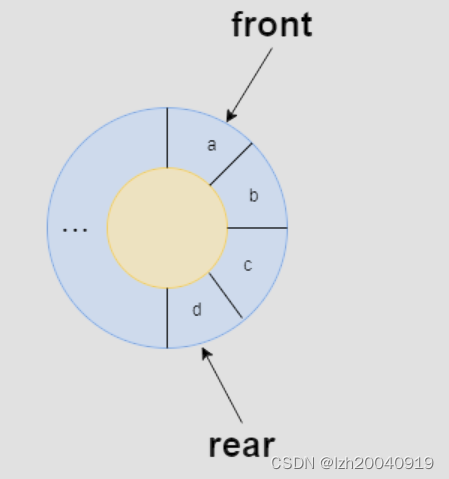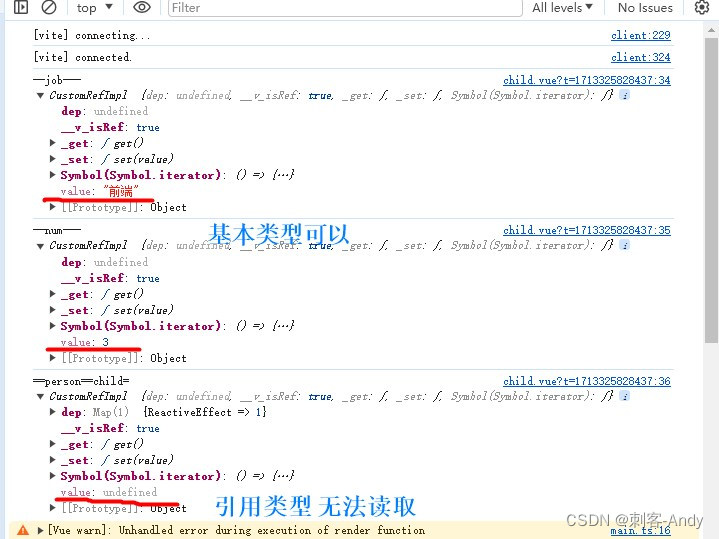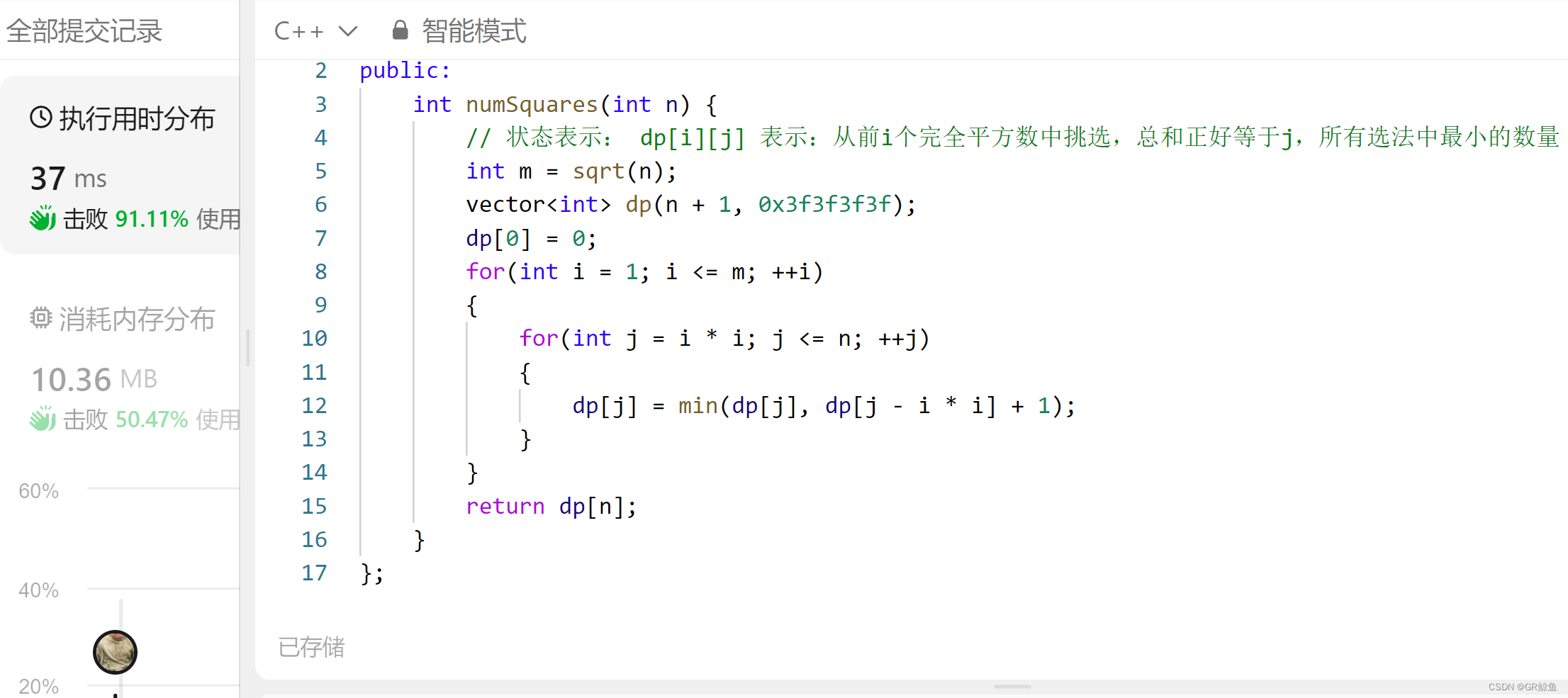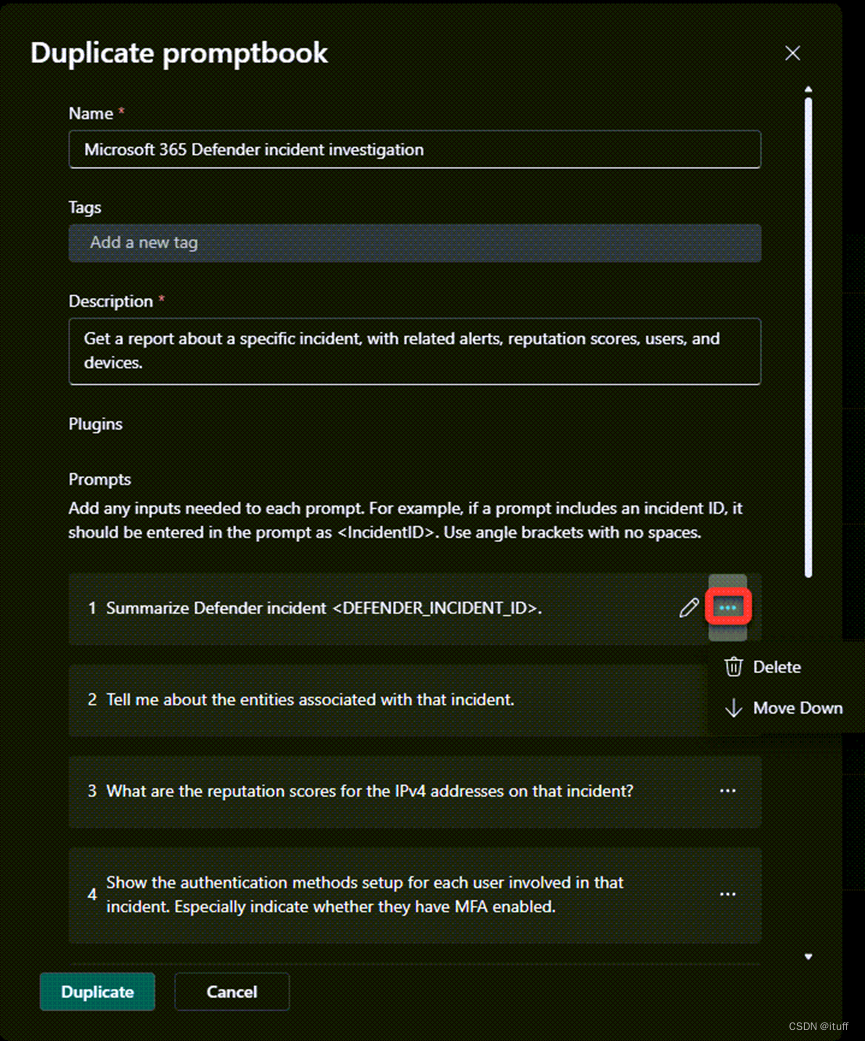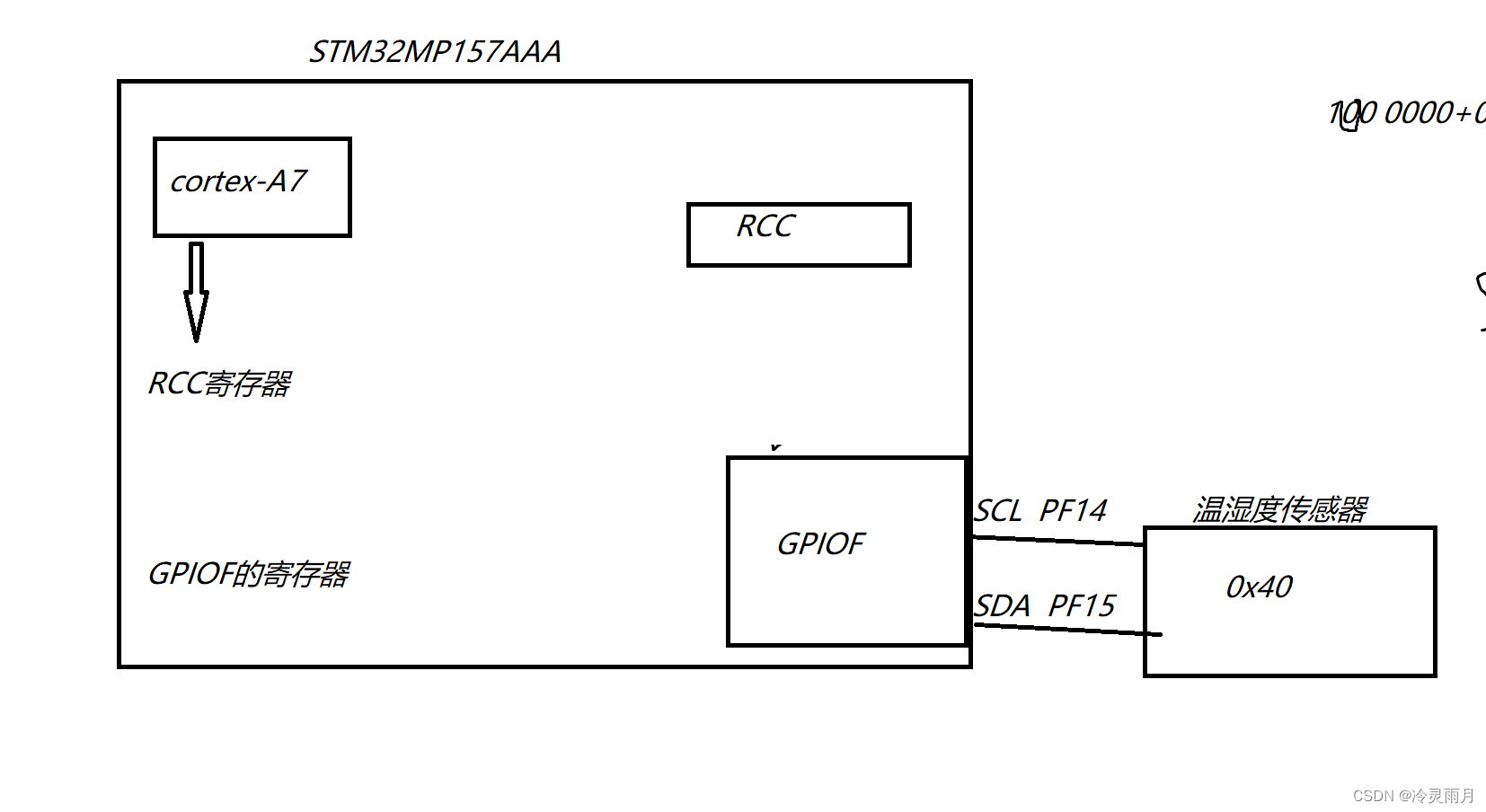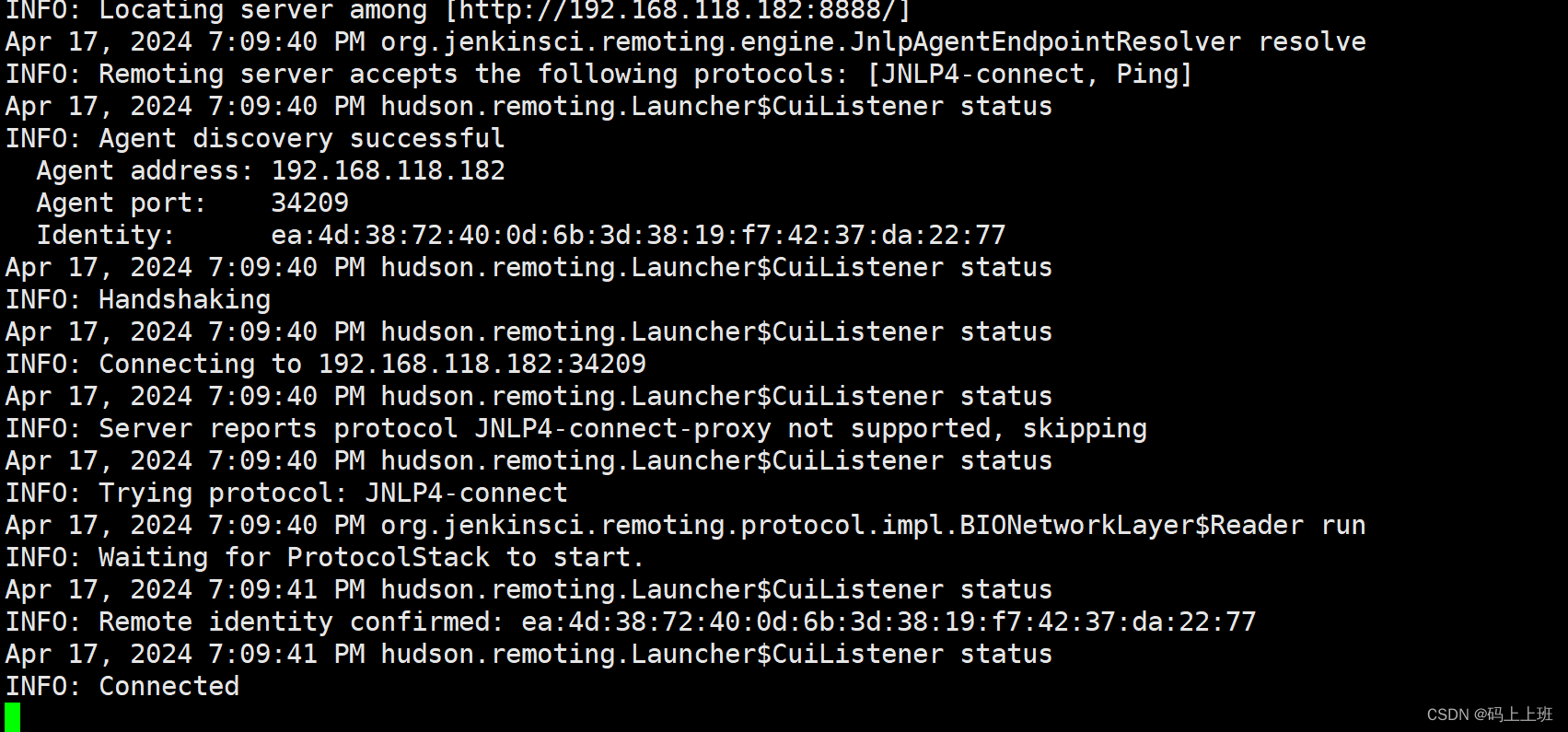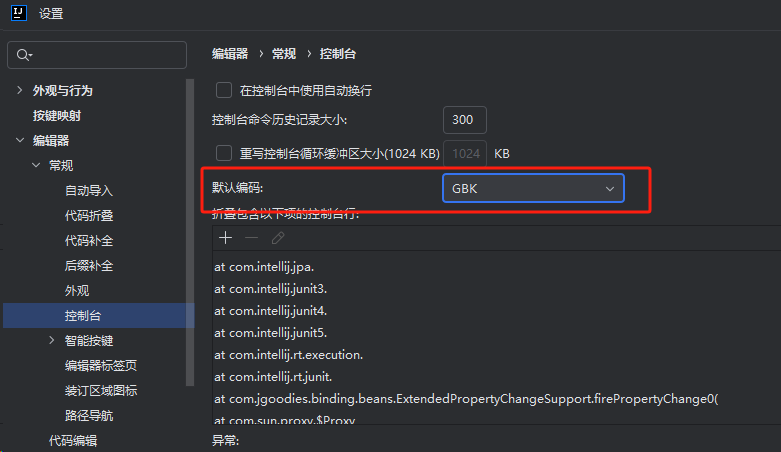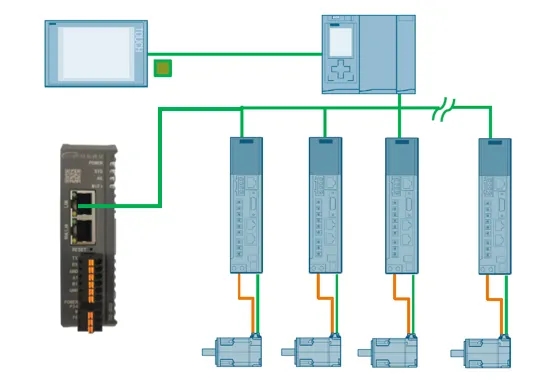Spring MVC 常用注解介绍
文章目录
- Spring MVC 常用注解介绍
- 准备
- 1. @RequestMapping
- 1.1 介绍
- 2.2 注解使用
- 2. 请求参数
- 2.1 传递单个参数
- 2.2 传递多个参数
- 2.3 传递对象
- 2.4 传递数组
- 3. @RequestParam
- 3.1 注解使用
- 3.2 传入集合
- 4. @RequestBody
- 5. @PathVariable
- 6. @RequestPart
- 7. @RestController
- 7.1 介绍
- 7.2 @ResposeBody
本文主要介绍在使用 Spring MVC 构建网络请求时常用到的注解以及其使用方式
准备
在正式讲解注解前,我们先准备一个测试案例:
- 构建一个Spring Boot项目(Spring MVC项目和Spring Boot项目的构建方式一致,这里使用的是IDEA专业版,自带
Spring Initializr,其它版本需要自行安装插件)

-
引入Spring Web模块

-
删除一些没必要文件

-
按顺序创建
Controller类代码并启动主程序BlogSpringMvcApplication
输入链接测试一下:
http:127.0.0.1:8080/test1
返回成功!
1. @RequestMapping
1.1 介绍
RequestMapping是Spring Web MVC应用程序中最常用的注解之一,用来注册接口的路由映射,表示服务器收到路径为/test1的请求后,就会调用Test1这个方法
路由映射:当用户访问某个URL时,将用户的请求对应到服务器中某个类的某个方法的过程就叫做路由映射
如代码所示:
@RestController
public class TestController {
@RequestMapping("/test1")
public String Test1() {
return "Hello MVC";
}
}
注:上述代码中@RestController的作用:
一个项目中会有很多的类,Spring会扫描所有的类,并只有当这个类有被@RestController注解修饰时Spring才会进去这个类并查看有没有被@RequestMapping修饰的方法
2.2 注解使用
@RequestMapping可以修饰方法,也可以修饰类
- 当@RequestMapping修饰方法时,访问该方法的路径就是当前修饰方法的@RequestMapping中的路径
- 当@RequestMapping修饰类时,访问该方法的路径就是修饰类的@RequestMapping中的路径+ 当前修饰方法的@RequestMapping中的路径
如代码所示:
@RequestMapping("/total")
@RestController
public class TestController {
@RequestMapping("/test1")
public String Test1() {
return "Hello MVC";
}
}
启动Spring, 此时重新访问路径http:127.0.0.1:8080/test1就已经访问不到了

现在的访问路径为:类路径 + 方法路径:http:127.0.0.1:8080/total/test1

注:
-
路径前的“/”可以不加(“/total”),Spring启动后会进行判断,若没有加“/"Spring会自动帮你添加,但建议主动加上
-
@RequestMapping既支持GET请求,也支持POST请求,同时也支持其它请求,若需要指定请求,可将注解改为:@RequestMapping(value = "/test1", method = RequestMethod.POST)指定请求方式后,当前接口只能接收相应请求方式的请求,否则会报错(这里使用postman进行测试, 接口请求方式指定为POST请求, 并用GET请求进行访问):

2. 请求参数
这里补充一下Spring MVC对接收参数的格式要求
2.1 传递单个参数
当我们只接收单个参数时,不需要加其它注解,Spring MVC直接用方法中的形参就可以了:
@RequestMapping("/name" )
public String Test2(String name) { // 传入参数形参名称需与接口参数形参名称一致
return "hi " + name;
}

注:
-
传入的形参名称要与接口形参的名称一致,否则返回参数默认为null
-
用基本类型(int)充当参数时, 参数必须传(boolean类型除外),否则会出现异常(500)
@RequestMapping("/num") public int Test3(int n) { return n; } -
若传入参数类型与接口参数类型不匹配,则会出现异常(500)

2.2 传递多个参数
当传入多个参数时,传入的参数名称要与接口中有的参数名称一致,传入顺序可以不一致
@RequestMapping("/test4")
public String Test4(String name, int age) {
return "name: " + name + " age: " + age;
}

注:传入参数数量与接口参数中数量一致,否则会抛异常(500):

2.3 传递对象
有时候需要的传递参数比较多,为了方便我们可以把它封装成一个对象来进行传递,比如下面的Personal对象:
import lombok.Data;
@Data
public class Person {
private int id;
private String name;
private String password;
}
在这里我们使用到了一个注解:@Data
它的作用就是帮我们封装好了属性的get方法和set方法,方便我们直接调用,不过这需要我们在pom.xml文件中引入依赖lombok:
<dependency>
<groupId>org.projectlombok</groupId>
<artifactId>lombok</artifactId>
<scope>provided</scope>
</dependency>
代码示例:
@RequestMapping("/test5")
public String Test5(Person person) {
return "name: " + person.getName()
+ " id: " + person.getId()
+ " password: " + person.getPassword();
}

注:Spring会根据参数的名称自动绑定到对象的各个属性上,若对应属性传入的参数为空,则该属性内容为null(基本类型为默认初始值)
2.4 传递数组
Spring MVC可以自动绑定数组参数并赋值:
@RequestMapping("/test7")
public String Test7(String[] arr) {
return Arrays.toString(arr);
}

3. @RequestParam
3.1 注解使用
在某些特殊情况下,前端传给我们的参数可能与我们接口上的参数名称不一样,这个时候我们通过使用@RequestParam注解来进行后端参数重命名,如下:
@RequestMapping("/test6")
public String Test6(@RequestParam("time") String createTime) {
return createTime;
}
若此时给它传入参数createTime则会报错(400):

因为此时后端接口的参数已经被我们通过注解@RequestParam修改为了time,所以此时需要传入参数time才不会出现问题:

一旦加上该注解,则默认该参数是必传的,如果此时你想让这个参数修改为非必传,可以这样修改注解:
public String Test6(@RequestParam(value = "time", required = false) String createTime) {
return createTime;
}

3.2 传入集合
默认情况下,请求中参数名相同的多个值,会被封装到数组中
如果要封装到集合中,需要使用@RequestParam注解绑定参数关系:
@RequestMapping("/test8")
public String Test8(@RequestParam List<String> listParam) {
return "size: " + listParam.size() + ", listParam: " + listParam;
}

若此时去掉注解@RequestParam,则会抛出异常(500):


4. @RequestBody
当我们想传入JSON格式的对象时,我们需要通过@RequestBody来修饰参数:
RequestBody:请求正文,意思是这个注解作用在请求正文的数据绑定,请求参数必须写在请求正文中
代码示例
@RequestMapping("/test9")
public String Test9(@RequestBody Person person) {
return person.toString();
}

若此时去掉注解@RequestBody,则后端无法给Person对象赋值,自动填充默认参数:

5. @PathVariable
@PathVariable这个注解主要作用在URL路径上的数据绑定,默认将参数写到URL上,Spring MVC就能获取到:
@RequestMapping("/test10/{name}/{id}")
public String Test10(@PathVariable String name, @PathVariable("id") Integer userId) {
return "name: " + name + " userId: " + userId;
}

注:如果传入的参数与接口参数名称不一致,则需要给@PathVariable的属性value赋值,将URL路径中对应的参数传给它
6. @RequestPart
当我们需要上传文件时,可以使用@RequestPart注解:
@RequestMapping("/test11")
public String Test11(@RequestPart MultipartFile file) throws IOException {
// 获取文件名称
String fileName = file.getName();
// 将文件上传到指定路径
file.transferTo(new File("D:/temp/" + file.getOriginalFilename()));
return "接收到的文件名称为:" + fileName;
}
此时文件也成功传输到了指定路径:

7. @RestController
7.1 介绍
在最开始的代码中我们使用到了@RestController这个注解,其实这个注解是有由另外两个注解组合而成的,即
@RestController = @ResponseBody + @Controller
- @Controller: 定义一个控制器,Spring框架启动时加载,把这个对象交给Spring管理
- @ResponseBody:定义返回的数据格式为非视图,返回一个text/html信息
它的源码如下:
@Target({ElementType.TYPE})
@Retention(RetentionPolicy.RUNTIME)
@Documented
@Controller
@ResponseBody
public @interface RestController {
@AliasFor(
annotation = Controller.class
)
String value() default "";
}
如果只想要返回视图的话,只需要把@ResposeBody去掉剩下@Controller即可
7.2 @ResposeBody
@ResponseBody表示返回数据, 如果我们在接口上添加@ResponseBody的话,则即使返回的是html页面spring也会将它转化为单纯的文本数据返回:
@Controller
public class IndexController {
@ResponseBody
@RequestMapping("/index")
public Object index() {
return "/index.html";
}
}

Spring MVC 也能返回html代码段:
@ResponseBody
@RequestMapping("/test12")
public String Test12() {
return "<h1>Hello MVC</h1>";
}

以上就是本文对Spring MVC 常用注解的全部介绍与使用了,如果后续还有其它调整还会继续补充的!


